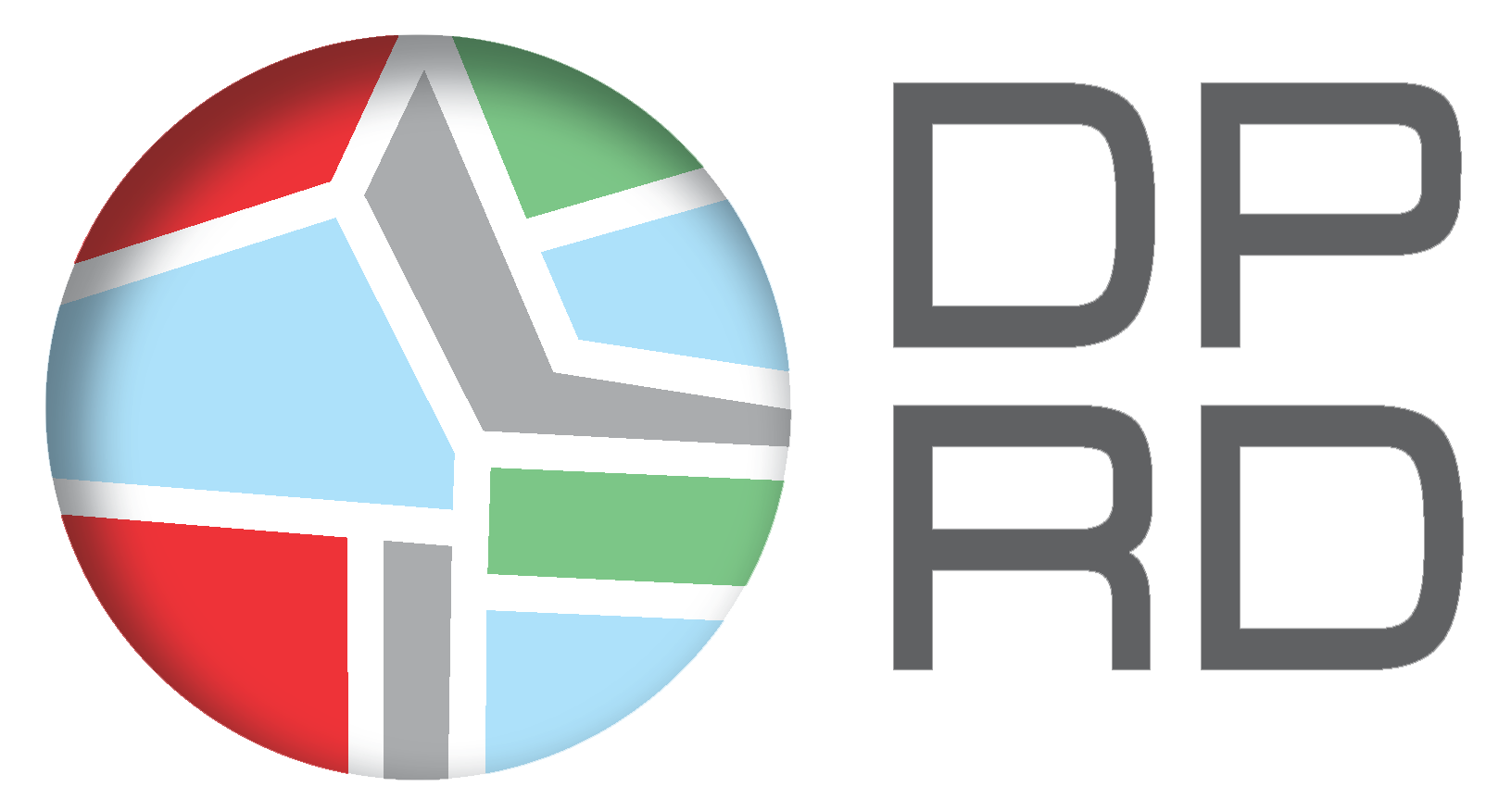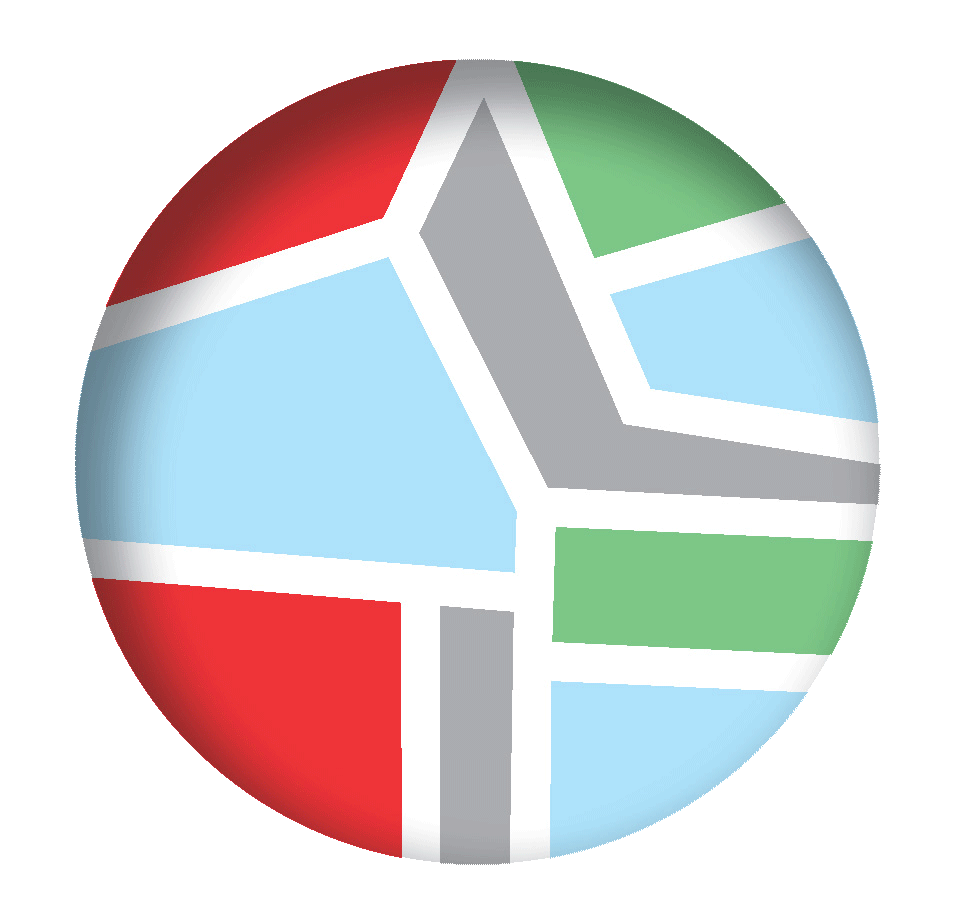
Advanced Applications in Remote Sensing
»
Undergraduate Programme
The course places particular emphasis on the applications of remote sensing in the terrestrial environment. The various techniques for detecting and monitoring land cover changes are a central theme. The objective of this course is twofold: first, to comprehend the theoretical concepts, and second, to apply that knowledge in practical settings by utilizing open-source and open-data software.
Upon completing this course, students will be able to:
– Understand the practical applications and value of remote sensing
– Use remote sensing software and the R statistical language.
– Make good decisions when selecting, processing, and producing information from digital images.



